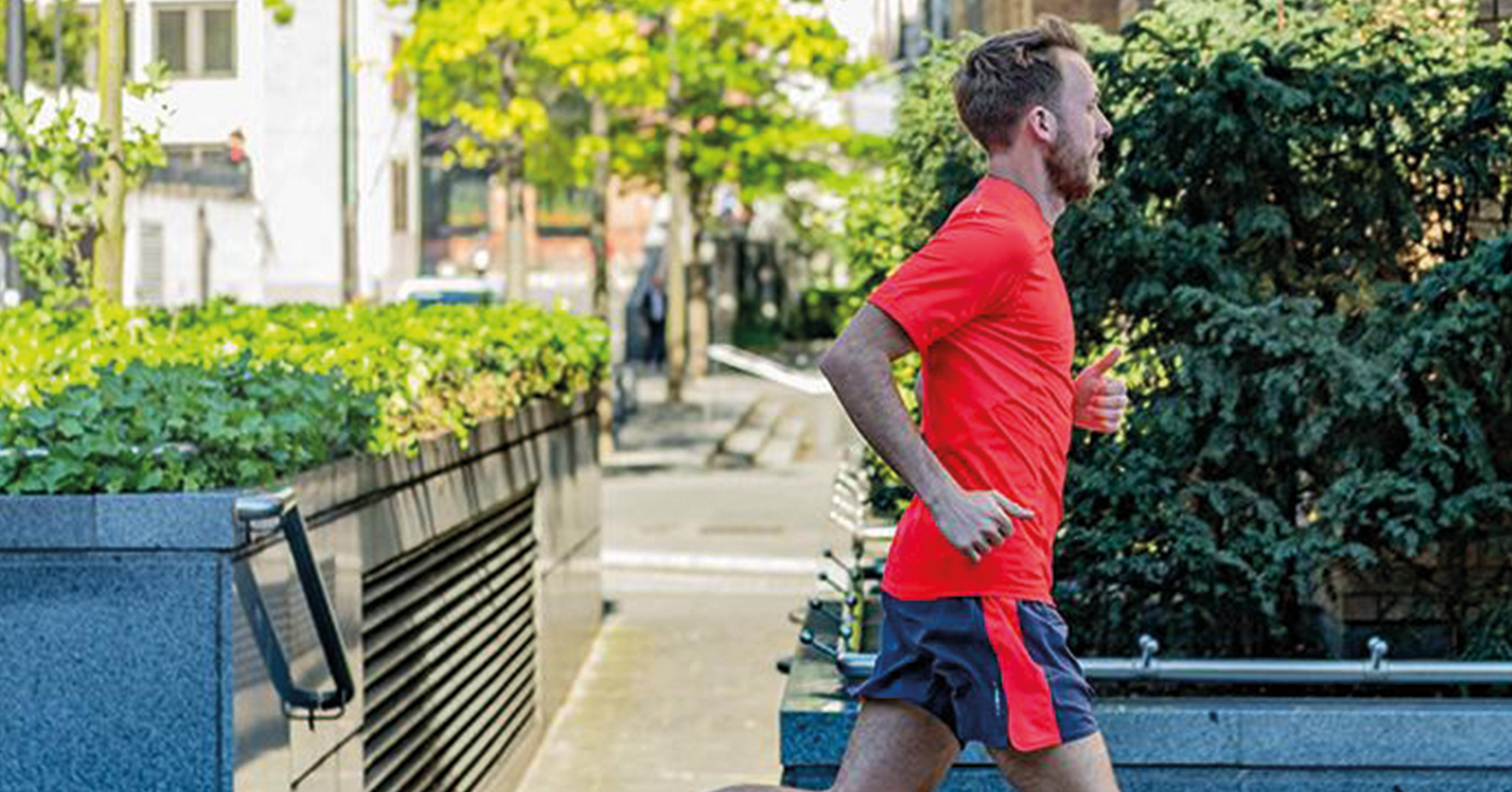Running is one of the most natural things a human being can do. If you want to start doing it you might think that all you would need is a decent pair of shoes and some determination. However over the past 40 years or so the way many people run has changed. This has lead to a rise in running related injuries and causes a lot of people to give up before they have even really begun. So before you head outside take a look at these golden rules of running so you get off on the right foot.
Human beings are built to move in a very specific way and for many of us this comes naturally. However when it comes to running many of us have adopted an un-natural movement pattern which our body simply isn’t built for. To illustrate what I mean, take off your shoes and try running on the spot. Go on, do it right now.
Pay attention to the part of your foot that lands on the floor and therefore pushes you back up. Unless there’s something really odd going on, it will be the balls of your feet that do all of the work. This bouncy feeling is driven by your calfs, hamstrings (from behind your knee to your bum) and then your gluteals (your bum). The muscles in the back of your leg have evolved over millions of years to become a very effective spring mechanism that stores and releases energy enabling you to move in this way.
Most people however will run by landing heel first with their leg out in front of them. This places a huge amount of force through your heel and shin which is only absorbed in part by the soles of your shoes. In fact that force can be up to three times your own body weight. Without getting too technical here your body has not been built to cope with moving in this way. We are only able to run heel first because the soles of our shoes prevent us from feeling the impact. If you tried to run in this way with nothing on your feet you would only be able to manage a few steps before it became too painful to continue. So to run naturally, using all of your body’s springs and levers here are the 4 things you should focus on.
1. Posture
Your posture is vital to make everything else fall into place. You should run with your head above your hips and your hips above your feet. Try to relax as much as possible keeping stable and land on the balls of your feet and not your heels. Your feet should land underneath you rather than in front of you. The next part of the jigsaw will really help to get this bit nailed.
2. Rhythm
Your cadence is the speed at which your feet land on the ground. The slower your cadence is the longer your stride will have to be. This will mean spending longer off the floor with will return a higher impact when you land. For the elastic recoil to work at its best in your plantar fascia, Achilles tendon and calf, your cadence should be no lower than 180 bpm (beats per minute). In my experience most people run at around 150-160 bpm so this may take a little practice to get right.
3. Relax
Your feet should land lightly on the ground making as little noise as possible. Imagine you are kissing the floor rather than hitting it. Try to lift your legs from the floor rather than your whole body. This will take a little practice but if you soften your hips slightly you will be able to see everything in front of you moving up and down as little as possible. Keep your arms and shoulders pretty relaxed too.
4. Practice
If you’re used to heel striking or you have never run before don’t expect this change to a more natural running form to happen overnight. Remember you will probably be using muscles that, until now, haven’t done this kind of work before and they need time to develop and become strong. Build your distance up slowly taking time for your body to recover in between runs.






Leave a comment (all fields required)